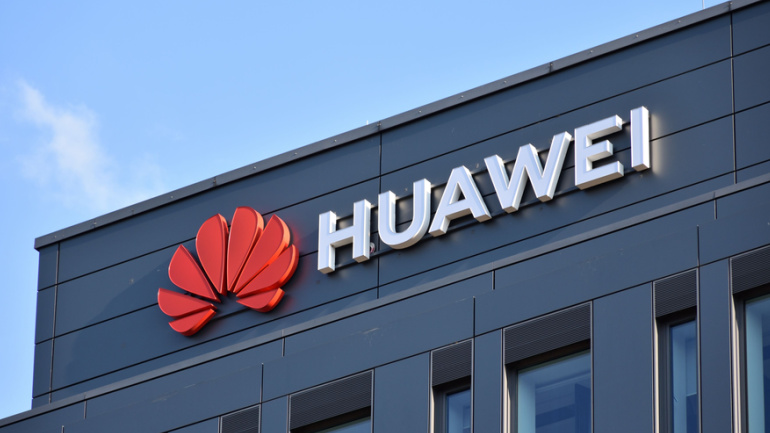The recent Huawei Network Summit 2023 in Jakarta became a milestone for the Asia Pacific telecom sector, reinforcing Huawei’s commitment to relentless innovation. The Summit demonstrated advanced solutions like the Intelligent Cloud-Network and novel products geared towards enhancing digital productivity. Focusing on the growing need for robust network operations amidst digital transformation, innovative strategies were introduced across various platforms. Transformative solutions promulgated include offerings for streamlined office networks, improved AI training efficiency and convergent network management.
Imagine assembling an intricate Lego structure – that’s precisely what building next-gen telecommunication networks feels like. Networks giant Cambium offers unique ‘Lego-like’ solutions that breathe life into the creative architectures planned by Internet Service Providers (ISPs). A spectrum of technologies encompassed by Cambium’s ONE Network – ranging from outdoor Wi-Fi access points to top-tier security – weaves a seamless tapestry from edge to cloud. But, it’s not all about gear and wires. Cambium’s technology is a fusion of robust security, user-friendliness, and high-grade end-user experience.
In a first for the region, Ericsson and Australian operator TPG are creating a cloud-native AI-powered analytics tool, designed specifically to streamline 4G and 5G networks. With the power to predict and fix performance issues in real-time, this tool aims to enhance response times to network issues and reduce reliance on complex infrastructure analysis. Showcasing TPG as an early adopter, this technology also enhances network flexibility as usage increases, allowing for tracking of around five million subscribers.
Amid declining telco capital expenditures impacting vendor profits, private cellular networking shines as a beacon of hope. Recent research reveals a significant 60% YoY increase in Q2 revenues for private cellular networking equipment, offering new revenue streams for industry giants like Ericsson and Nokia. However, with greater benefits come complex challenges that, if overcome, could potentially catapult the market worth to a substantial $7.7 billion by 2027.
Significant strides are being made in Slovakia’s telecommunications sector with O2 Slovakia and Slovak Telekom finalizing an eagerly anticipated network sharing agreement. Ultimately expected to lower costs and enhance service quality, this move notably excludes Bratislava and Košice, with both operators maintaining their separate networks in these areas.
Vodafone has joined the UK’s smart meter network, establishing essential 4G IoT connectivity. While Vodafone’s inclusion does not necessarily signify a replacement of current suppliers, it invites intriguing possibilities. The selection of a new provider despite existing 4G options raises questions around the decision-making process. Amid the drive to phase out 2G and 3G networks, this move potentially reflects the evolving needs of the UK’s telecoms infrastructure.
Despite the seemingly lagging global investment in standalone 5G networks, promising trends in the telecom sector indicate an upcoming surge. With minimal progress indicated by Global Mobile Suppliers Association’s statistics, the industry pins hopes on major moves from operators like New Zealand’s Spark and Vodafone. Meanwhile, the increasing adoption of 5G SA in private networks for various sectors shows an encouraging forecast. The journey towards profitable 5G investments seems complex, yet strides are being made in the right direction.
As T-Mobile launches its 5G SA network slicing beta, it offers a unique window of opportunity to developers, aiming to improve video calling applications. With the rising demand for such apps in the remote work era, developers leveraging the tailored network slices could unlock applications showcasing faster speeds, decreased latency, and better reliability. As some experts express high hopes for the potential of network slicing, could this move revolutionize telecommunications amidst the surge in hybrid work?
Telefónica has reportedly reached out to Vodafone, initiating dialogue for potential collaborations involving their Spanish broadband networks. The proposition offers a range of possibilities such as forming a strategic alliance, a wholesale agreement, or possibly integrating Vodafone’s clientele into Telefónica’s fiber network. This outreach is suspected to be a reaction to Vodafone’s recent strategic review and a potential sale of their Spanish unit.
The Linux Foundation-led Ultra Ethernet Consortium brings AMD, Arista, Broadcom, and others together to refine ethernet architecture, addressing the escalating network requirements of AI and high-performance computing. Pledging to enhance ethernet performance, the alliance will leverage ethernet’s adaptability, ensuring scalability and cost-effectiveness for diverse workloads. Aiming for a holistic tune-up rather than a complete overhaul, consortium endeavours will encompass detailed protocols, signaling mechanisms, and software solutions.













